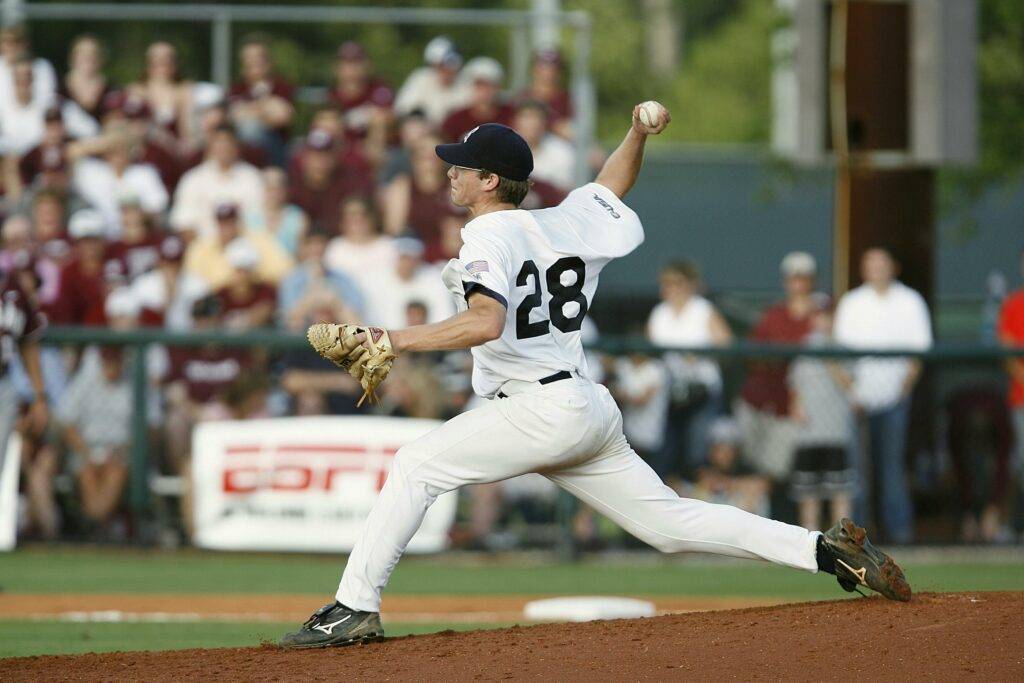Pathway to Women's
Field Hockey Recruitment
Everything You Need to Know About Field Hockey Recruiting and Scholarships
For aspiring college field hockey players, opportunities extend across regions like the Northeast, Mid-Atlantic, Southeast, Midwest, and even a few programs in California. Field hockey can offer student-athletes the chance to compete at the collegiate level and potentially earn scholarships to help with college costs. However, recruiting is about more than just skill on the field. Coaches seek athletes who excel both on the field and in the classroom. To get recruited, players need to identify which division level aligns best with their abilities, research schools, and build a strong recruiting profile. Effective communication, a standout highlight video, and participation in tournaments and camps are also essential.
Understand the NCAA Field Hockey Recruiting Rules and Calendar
The NCAA has established recruiting guidelines and timelines to create fairness and protect student-athletes. For field hockey, coaches can’t start recruiting contact until June 15 after a player’s sophomore year. Before this, coaches rely on recruiting profiles, videos, and showcases to evaluate talent. Athlete Pipeline offers insights into these recruiting rules and timelines, making it easier for players and families to stay on track.
What College Field Hockey Coaches Look for in Recruits
So, what does it take to play college field hockey? Coaches evaluate key skills, but expectations differ based on position, whether it’s goalkeeping, defense, midfield, or attack. Knowing what coaches are looking for is crucial for crafting a standout recruiting profile and video. Athlete Pipeline provides position-specific recruiting guidelines across NCAA levels to help athletes tailor their approach and put their best foot forward.
Understanding Field Hockey Scholarships
As an equivalency sport, field hockey scholarships are typically split into partial awards. Here’s a general breakdown:
- Division 1: Maximum of 12 scholarships for a team of 23 players, with most awards divided among athletes.
- Division 2: Maximum of 6 scholarships, usually awarded as partial scholarships across a team of about 24.
Scholarship funds can vary widely between programs, especially if they’re not fully funded. Athletes who excel academically may also qualify for additional financial aid packages, including academic scholarships and grants.
Steps to Get Recruited for Field Hockey
Managing the recruiting process involves more than just skill—it requires a proactive approach. Athletes should focus on keeping profiles updated, researching schools, planning college visits, and meeting eligibility and application deadlines. Athlete Pipeline offers tools and guidance to organize each step, ensuring athletes maximize their potential to connect with college coaches.
Creating a Field Hockey Recruiting Video
A highlight video is often a college coach’s first glimpse of a recruit’s talent. For defenders, goalies, midfielders, and attackers, showcasing key plays and on-field presence in a short, impactful video is essential. Athlete Pipeline provides advice on how to film, edit, and present the best clips to get coaches’ attention.
Finding Field Hockey Camps Near You
Attending camps is a great way to gain exposure, especially for athletes outside key recruiting areas. Prospect camps, college clinics, and showcases provide opportunities to compete against high-level players and to make connections with coaches. Athlete Pipeline helps athletes locate relevant camps that align with their recruiting goals, ensuring they’re seen by the right programs.
Exploring Division 1, 2, and 3 Colleges with Field Hockey Programs
Across NCAA divisions, there are over 280 college field hockey programs. While field hockey isn’t officially sponsored by NAIA or NJCAA, some institutions offer it as a club sport. Athlete Pipeline provides a complete list of college programs by division level, making it easier for athletes to explore their options and find a college that matches their academic, athletic, and financial needs.
Additional Resources for College Field Hockey Recruiting
In addition to Athlete Pipeline, other websites like maxfieldhockey.com offer valuable recruiting tips and information on camps and events. For program rankings, the NCAA field hockey site and Athlete Pipeline’s Power Rankings provide insights into the top schools based on factors like academics, location, cost, and team performance.
With Athlete Pipeline’s resources and guidance, you can approach the recruiting journey with confidence, from building your profile to connecting with the right colleges. Start today to work toward your college field hockey goals.


